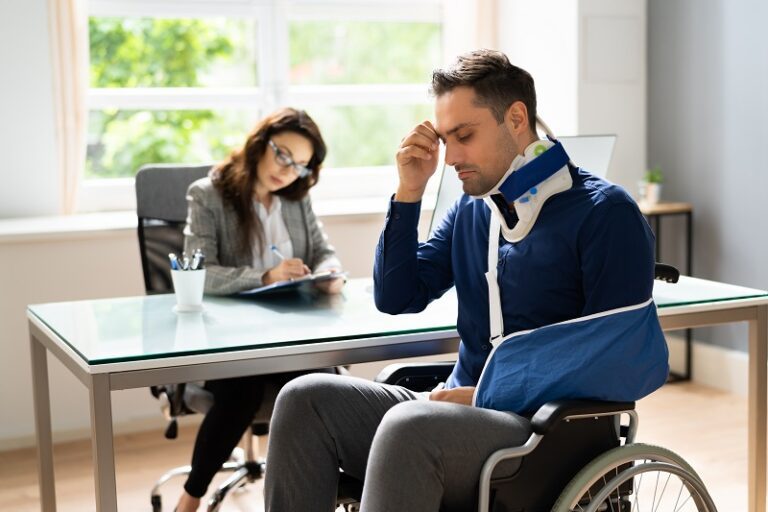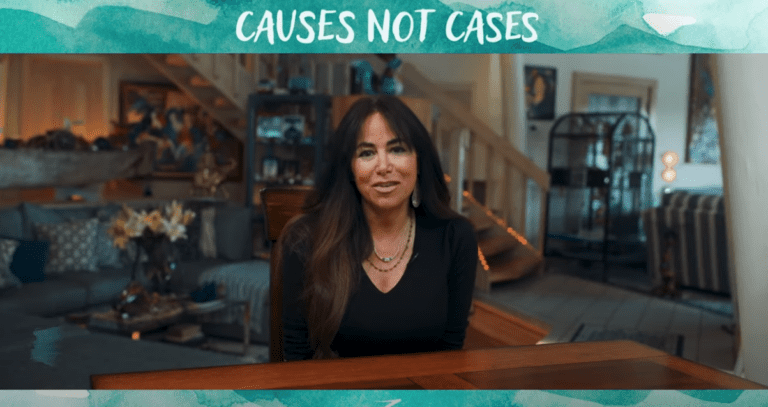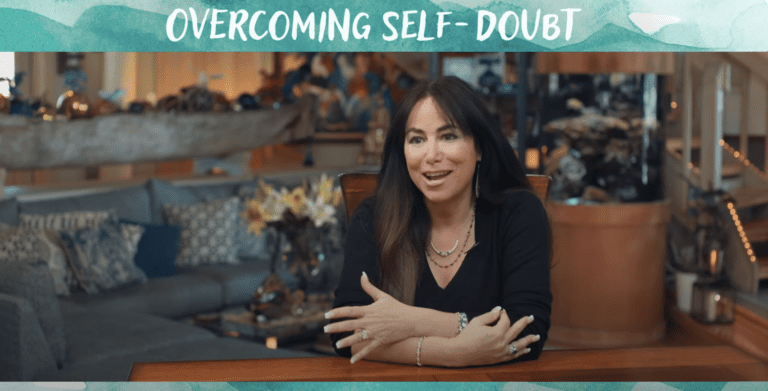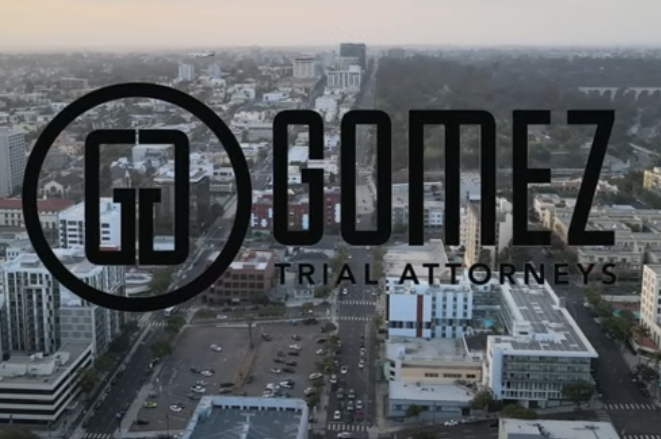 “I think your child has a minor concussion,” says a coach when you’re picking up your son after football practice. The coach tells you about the hit that your son took during practice, as well as the symptoms of concussion that he is experiencing – a headache and sensitivity to light. However, the coach also tells you that your son never lost consciousness and was aware of his surroundings after the hit.
“I think your child has a minor concussion,” says a coach when you’re picking up your son after football practice. The coach tells you about the hit that your son took during practice, as well as the symptoms of concussion that he is experiencing – a headache and sensitivity to light. However, the coach also tells you that your son never lost consciousness and was aware of his surroundings after the hit.
What does all of this mean? Does it mean that your son does not need a medical evaluation? Does it mean he may return to football practice tomorrow?
The truth is that there is no such thing as a minor concussion and you should always seek medical attention if you suspect your child has sustained a concussion. While it may seem obvious, it’s important to state that if you suspect that your child has a concussion, he should not attend any more practices until he’s fully healed. Read on for more information about why.
The Reason Why All Concussions Are Serious
There is no such thing as a minor concussion. The reason why this type of injury is always serious is that it is a form of traumatic brain injury and all injuries to the brain involve an increased risk of permanent disability and complications.
Traumatic brain injuries are a disruption in the normal activity of the brain caused by a sudden or violent blow to the head or body. Even seemingly minor blows may prove hard enough to cause the gelatinous brain to bump against the hard, bony protection of the skull, resulting in injury to the brain.
Such injuries commonly produce the following symptoms:
- A headache
- Brief, if any, loss of consciousness
- Nausea or vomiting
- Sensitivity to light or sound
- Fatigue or drowsiness
- Blurry vision
- The feeling of being in a fog
- Confusion
- Loss of short-term memory, such as the inability to recall events that happened just before or just after the injury occurred
When you take your child to seek a medical evaluation after he or she receives a suspected traumatic brain injury, a doctor will assign a severity level to the injury. Traumatic brain injury severity levels are assigned based on an individual’s level of consciousness after the injury as well as the ability to see the injury on imaging scans. Because a concussion rarely produces a loss of consciousness and often does not result in the level of bleeding that is detectable on scans, the injury is usually described as mild, despite the risks it carries.
The brain is perhaps the most important organ in your body, as it sends and receives messages to and from all other parts of the body to control the body’s functions and involuntary responses. The brain involves several lobes, which are sections of the brain that each control certain functions. The deficits that an individual incurs due to brain damage depends not only on the severity of the injury, but also on the portion of the brain that suffered the injury. Injuries to some portions of the brain, such as the frontal or temporal lobe, produce a higher risk of complications, such as seizures, than damage to other lobes.
While sports are one of the most common causes of concussions, there are several other ways this injury can happen.
The common causes of concussion also include:
- Motor vehicle accidents
- Falls
- Violent acts, including domestic violence, child abuse, or assault
- Combat-related employment that creates concussion risks from transportation-related accidents and explosive blasts
An Increased Risk of Complications and Longer Recovery Caused by Returning to Activities Too Early
Concussions generally do not result in complications and symptoms often resolve within one to three weeks if home treatment of the injury is carefully followed.
The recommended treatment for a concussion includes:
- Physical and mental rest. The most important component of recovery after a concussion is ensuring that the injured person avoids activities that cause rapid movement of the head or body and result in physical exertion, such as household chores or an exercise routine, and activities that mentally stress the brain, such as challenging work tasks or schoolwork.
- Hydration, which is found to assist the body in healing by preventing inflammation.
- Avoiding screen time, which is time spent staring at a computer, television, or smartphone screen. Screen time increases eye strain and causes weariness and increased concussion symptoms.
- Avoiding activities that can result in a second concussion before the symptoms of the first one have subsided. Failing to do so places the individuals at an increased risk of developing a rare but often deadly condition known as second impact syndrome, which can result in further loss of function due to the progressive accumulation of damaged areas in the brain.
Post-Traumatic Epilepsy
Seizures can occur as a complication from a traumatic brain injury of any severity level, particularly those occurring in the frontal or temporal lobes. Seizures are described as a wayward electrical impulse that generally begins in a damaged or scarred part of the brain that results in the body twitching or shaking. Seizures are common in the early hours or days after the injury, but can also occur later in the recovery process. The condition is dangerous because each seizure produces a risk of increased damage to the brain.
Some individuals will have recurrent seizures following a brain injury. If these seizures are continuing to recur three months after the injury, it is generally assumed that the individual has post-traumatic epilepsy. Traumatic brain injuries are the most common cause of symptomatic epilepsy for individuals aged 15 to 24-years-old.
Post-Concussion Syndrome
While symptoms of a concussion generally subside within one to three weeks, for some individuals, these symptoms can linger for months or even years after the injury occurred. Post-concussion syndrome is most often found in individuals who have suffered multiple concussions or other head trauma, as well as those who suffer a headache early after the injury or other early symptoms, such as amnesia, brain fogginess, or fatigue. Women are more likely than men to experience post-concussion syndrome and those with pre-existing psychiatric conditions, such as anxiety or depression, are also at an increased risk.
Second Impact Syndrome
Second impact syndrome is an often deadly condition that results from an individual suffering a second concussion while they are still recovering from the first. This rare condition most often stems from sports and recreational activities when an athlete was not placed in a concussion protocol to prevent practice and playing time before the initial concussion’s symptoms subsided. The condition is also seen in combat situations, where military service members are exposed to repeated concussions through explosive blasts and other hazards.
When the second concussion occurs, the individual generally will not lose consciousness. Instead, the athlete likely will finish the play and even make it to the sidelines before his or her brain swells suddenly, resulting in loss of consciousness, loss of eye movement, dilation of the pupils, and ultimately respiratory failure. Those who survive the initial throes of second impact syndrome are often left severely brain-damaged.
Chronic Traumatic Encephalopathy
This condition, referred to by its acronym CTE, and formerly known as dementia pugilistica, is a degenerative brain disorder that results from repeated concussions or even microtraumas. The condition became part of mainstream health discussions after deceased football players were discovered to be suffering from it. The only way to obtain a definitive diagnosis of CTE is through analysis of the brain after the individual has died; however, increased knowledge of the condition, what causes it, and the symptoms it produces have allowed health care providers to have a better ability to screen for and treat the issue while the injured person is still alive.
The symptoms of CTE include:
- Difficulty thinking
- Impulsive behavior
- Short-term memory loss
- Depression or apathy
- Difficulty planning or carrying out tasks, known as executive function
- Emotional instability
- Substance misuse
- Suicidal thoughts
The Proper Approach to Returning to Activities After a Concussion
Rest is often the key to avoiding dangerous complications and conditions that result from becoming too active too quickly after a concussion. Most sports concussion protocols and medical advice to others after suffering this type of accident is to slowly add activities back into your routine for many days or even months.
This often involves a five-stage approach, in which each stage only begins if the patient handled the tasks in the previous stage well for at least 24 hours with no new symptoms appearing and no symptoms worsening.
- Stage 1: The individual may resume light activity, such as 5-10 minutes of walking, light jogging, or low-intensity stationary bike riding.
- Stage 2: Moderate activity is resumed, such as moderate jogging with brief periods of running, moderate stationary biking, and light to moderate weight lifting.
- Stage 3: Heavy non-contact activity is resumed, including sprinting, running, high-intensity stationary bike riding, regular weight lifting, and working with skills specifically needed for the sport or hobby that the injured person participates in.
- Stage 4: An athlete may return to full practice mode, including contact, in preparation for return to competition.
- Stage 5: The individual is released by a medical provider to engage in full competition or high-level activities.
Liability for Complications Arising from Resuming Activities Too Soon After a Concussion
For all the reasons listed above, concussions are indeed a serious injury that requires a dedicated approach to easing back into normal activities. However, many student-athletes and others have suffered life-altering or even deadly complications when coaches or other individuals, tasked with ensuring that they do not resume activities until symptoms have subsided, fail to take concussion risks seriously. California law requires schools to develop policies mandating that student-athletes not return to competition until a medical provider clears them to do so.
The California County Boards of Education note that one of the difficulties schools have in implementing appropriate concussion protocols to protect student-athletes is the lack of athletic trainers to help monitor and coordinate the response to athlete injuries. Eighty percent of California schools do not have athletic trainers and nearly thirty percent of athletic coaches are not full-time teachers at the school. Therefore, they do not have ample opportunity to monitor a student’s recovery from a concussion outside of time devoted to practices or competitions.
To evaluate the level of concussion preparedness at your child’s school, some questions to ask your school board or the school’s athletic department include:
- What is the school’s policy regarding the health and safety of student-athletes?
- Does my student have access to an athletic trainer?
- How up-to-date is the athletic equipment, such as helmets, that the students are using? How often is this equipment replaced?
- How much training do coaches receive about compliance with safety measures and the necessity of following the concussion protocol?
Did your child suffer complications from a concussion because the coach failed to take the injury seriously and prevent the student from competing or practicing until he or she was medically cleared? If so, you can pursue compensation for medical expenses and impacts on your child’s quality of life through a traumatic brain injury lawsuit—a legal claim filed in civil court that seeks to establish who is liable for the complications of the injury and the expenses you incurred.
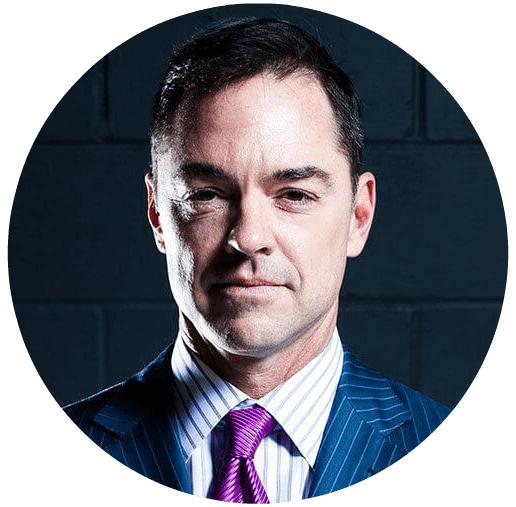
An experienced brain injury lawyer knows how serious a supposed mild injury can be when it involves the brain and is aware of the enormous expenses and impacts that injured individuals can face. Let a brain injury attorney help you understand the legal process of obtaining compensation after a concussion or other traumatic brain injury by contacting one online today. Most attorneys offer free consultations, during which you can discuss the details of your case.
Gomez Trial Attorneys
655 West Broadway, Suite 1700
San Diego, Ca 92101
619-237-3490


